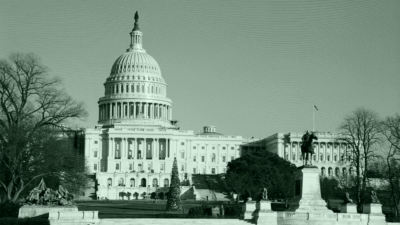Young Americans’ Wealth-Building Has Outpaced Everyone Else Since Covid
US citizens under 40 took some of that pandemic fiscal stimulus and plowed it into a booming stock market.

Sign up for market insights, wealth management practice essentials and industry updates.
Good news and bad news for those of you born after the Carter administration. You got richer than any other age cohort in the past four years, but the salad days probably won’t last.
A Large Gap
“Young Americans,” in this case meaning adults under 40, saw their aggregate wealth increase 80% since 2019, according to the Federal Reserve Bank of New York. Collective wealth for people between 40 and 54 went up 10%. And for those older than 55, it jumped 30%.
The big bump for young Americans — who are the poorest of the three groups in terms of assets — came after they received the bulk of COVID-era stimulus like unemployment benefits as well pauses on debt and expenses, including student loans and rent. Many in this demographic were then able to take those cost savings and put them into new financial assets.
Don’t get too excited, though:
- Despite comprising nearly 40% of the population, younger adults held less than 6% of all wealth in the US in 2019. Adults 55 and over made up a similar share of the population but controlled almost 70% of all wealth.
- Growth since then resulted in just a “slight narrowing of these wealth disparities,” New York Fed economists wrote.
Ebbs and Flows: Much of the wealth that young adults have built up is tied to stocks and other equities — generally risky investments with values that can change in a snap. It’s not like owning a home — a safer, long-term endeavor, but one that many millennials and zoomers have given up on as they face a tight housing market with low inventory, expensive costs, and high mortgage rates. But don’t worry, Mom and Dad haven’t converted your old room into a home gym just yet.











